Stone towns of Vis (7): Church of Our Lady of the Pirates
This year’s trip to Vis, as you can see from all the continuations of the Stone Towns of Vis series, was very active. Even though this is my favorite vacation destination, this year it became my favorite destination for investigation. Still, it didn’t stop me from swimming in this beautiful clean Adriatic at least once after the tour. I know the island of Vis really well and I have peeked into its smallest and most unknown corners, but I can say that this was the first opportunity to explore, in addition to the fortresses, a few more stone “towns”, that is its churches.
Why churches, you must be asking? Well, right here in Komiža you can really see very interesting examples like the church of St. Nicholas, which we will talk about another time, the fortified church of St. Rocco, to the church of Our Lady of Seven Sorrows, but also to the church of St. Maria, also known as the Our Lady of the Pirates.
Everything is adorned with really interesting stories about which, I believe, you will want to know a little more.
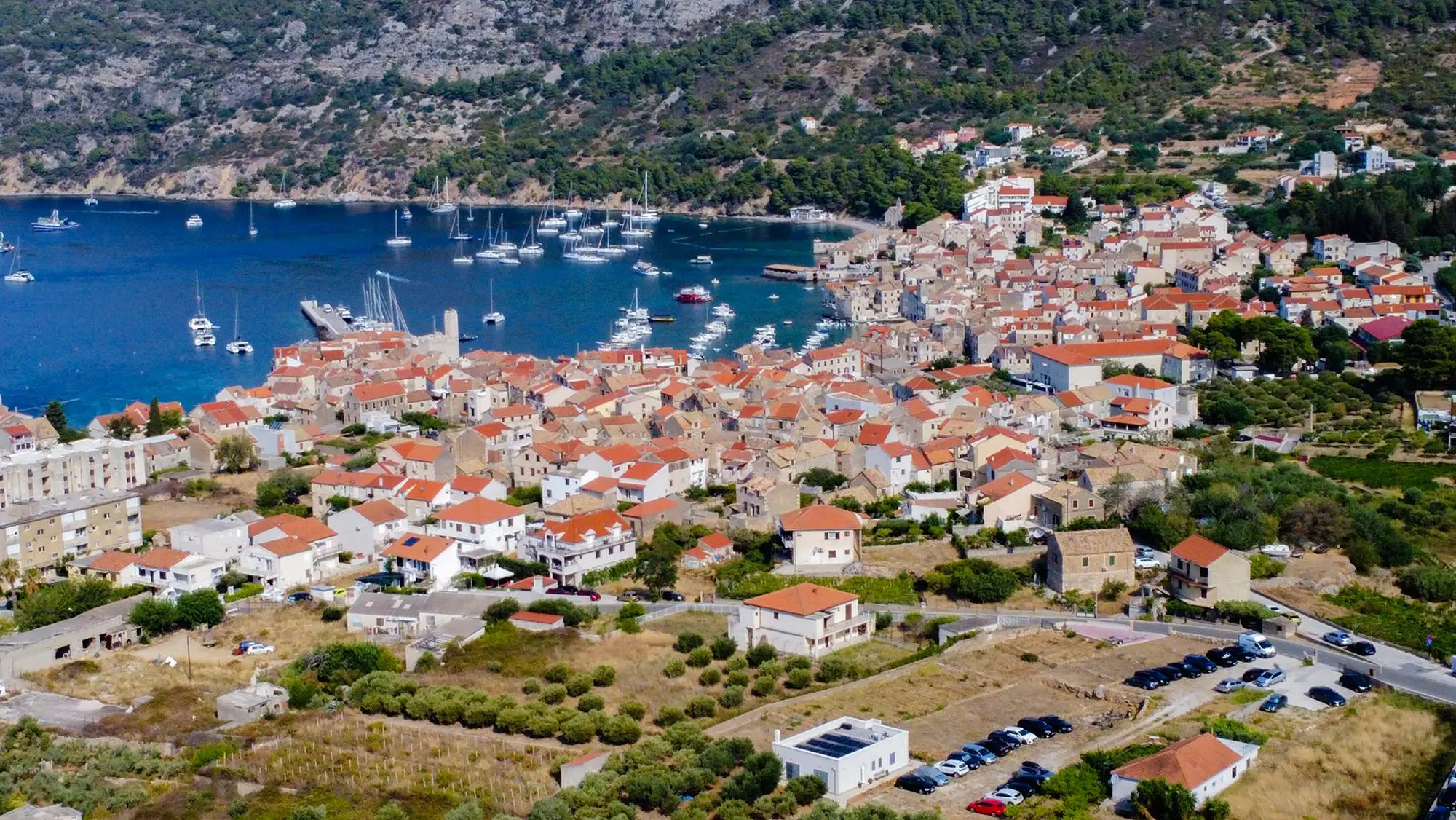
Komiža, Photo: Adria.fun
If, like me, you decide to spend time in Komiža, and you also want to take a good swim, you will most likely go to the beach where Our Lady of the Pirates (Gusarica) is located. As soon as you get close to her, she will surely attract your attention, both from the sea or the land, just like me.
And so, one hot afternoon, before going to the beach itself for refreshment, I noticed that the door of the church of Our Lady of the Pirates finally opened, so politely, while I was still dressed, I decided to find out what was hiding there.
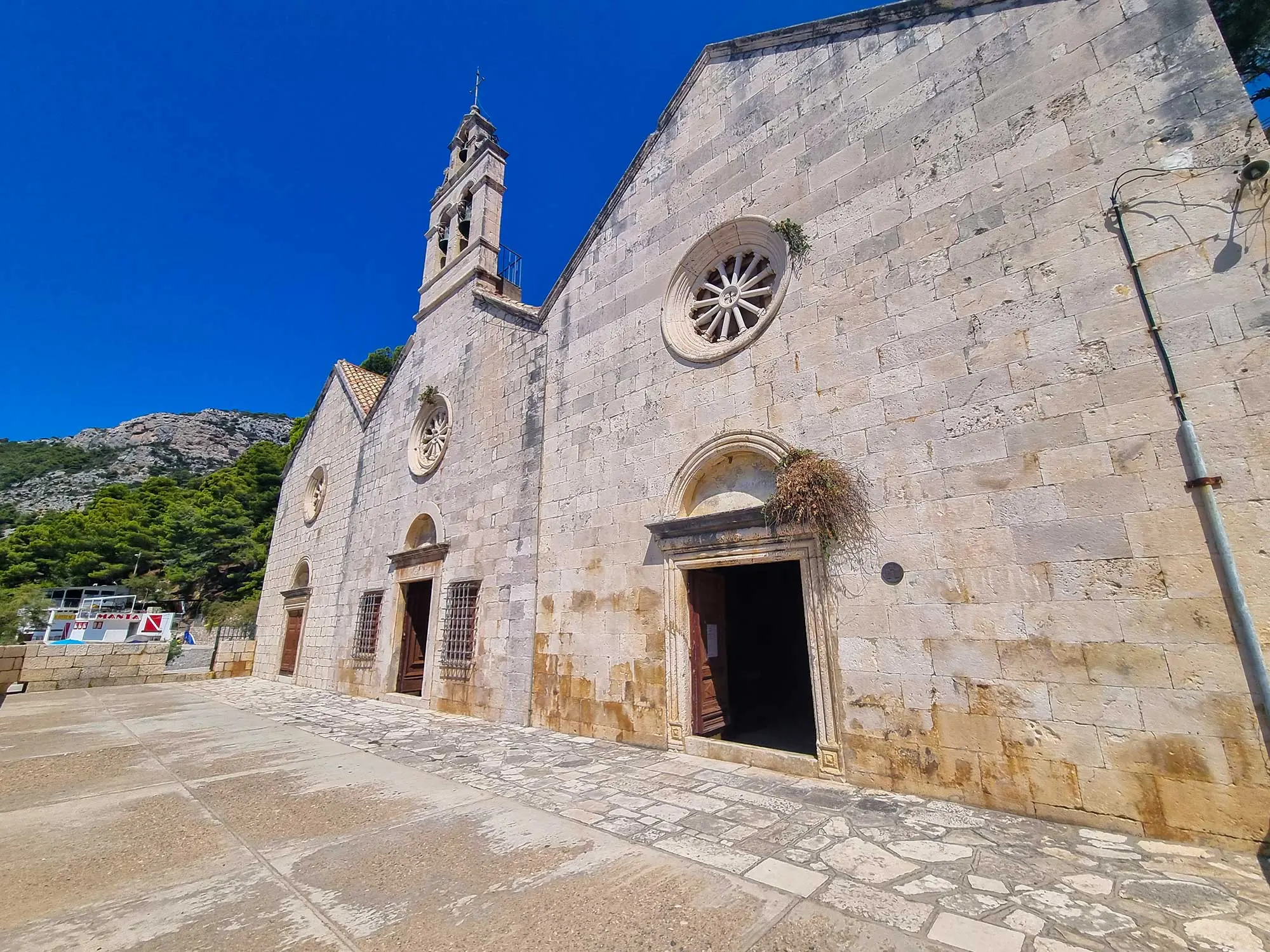
Church of Our Lady of the Pirates, Photo: Adria.fun
While researching this interesting church, I found out that it is the second oldest in Komiža. Built in the middle of the 16th century, the church of St. Maria, or Our Lady of the Pirates, got this very interesting name according to oral tradition which says that a picture of Our Lady was stolen from it by a pirate ship, and then an unexpected storm occurred. Fearing a shipwreck, believing that the storm was caused by a higher power, the pirates threw the painting into the sea, which carried it back right to the shore in front of the church from which it was stolen. Unfortunately, it is not known whether they survived the storm.
Of course, in addition to this interesting legend, there were several others, but it was this version that was written down by the Apostolic Vicar Petar Morario in the 17th century, as well as by Father Luka Kuljiš in the 18th century. How much truth there is, we’ll probably never know, but it’s a story that lives on to this day, so let it stay that way.
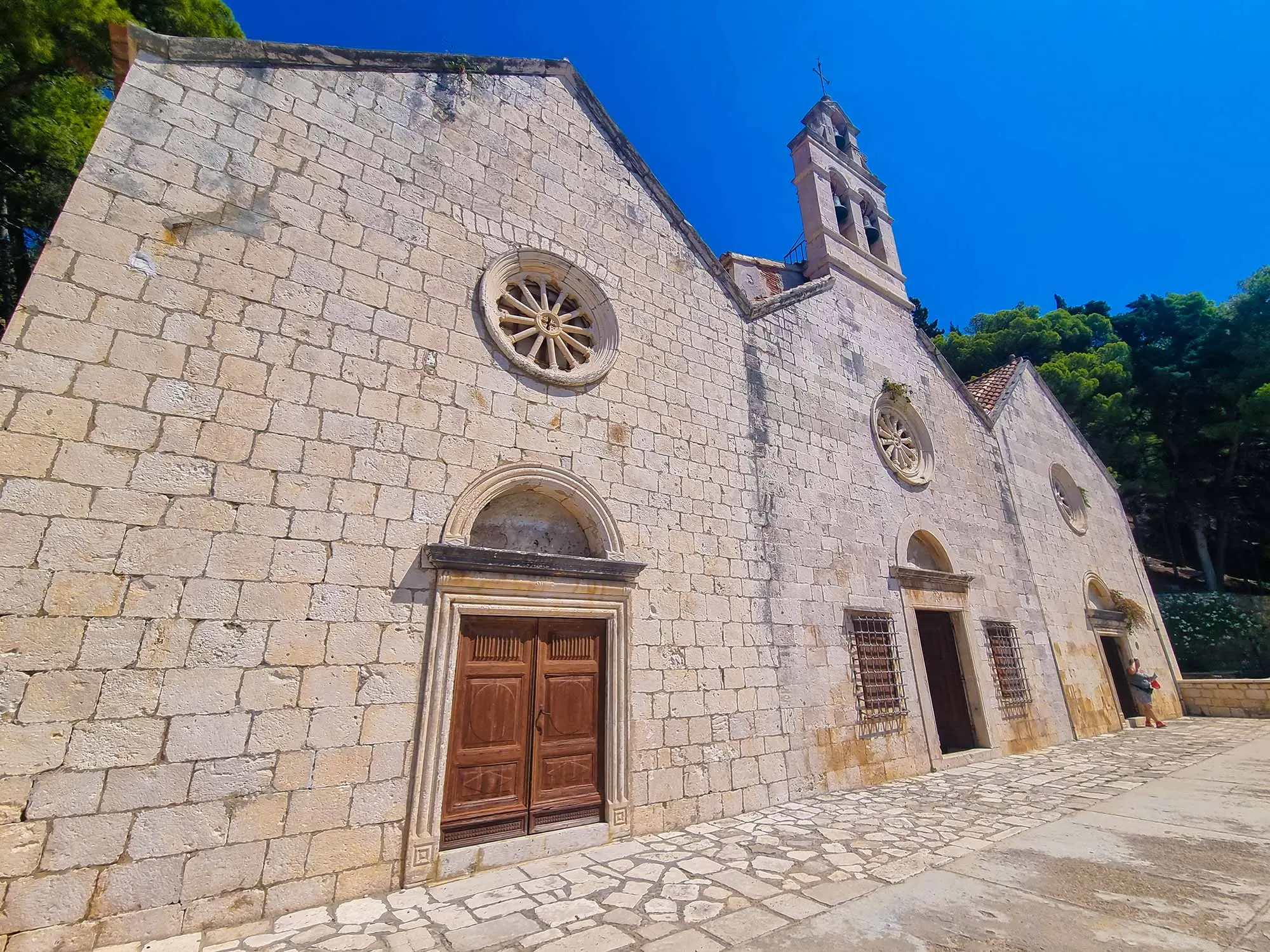
Church of Our Lady of the Pirates, Photo: Adria.fun
From the outside, the church is decorated with as many as three connected triangular facades in the Renaissance style and a well with various engraved representations on its right side. Here’s what it looks like up close.
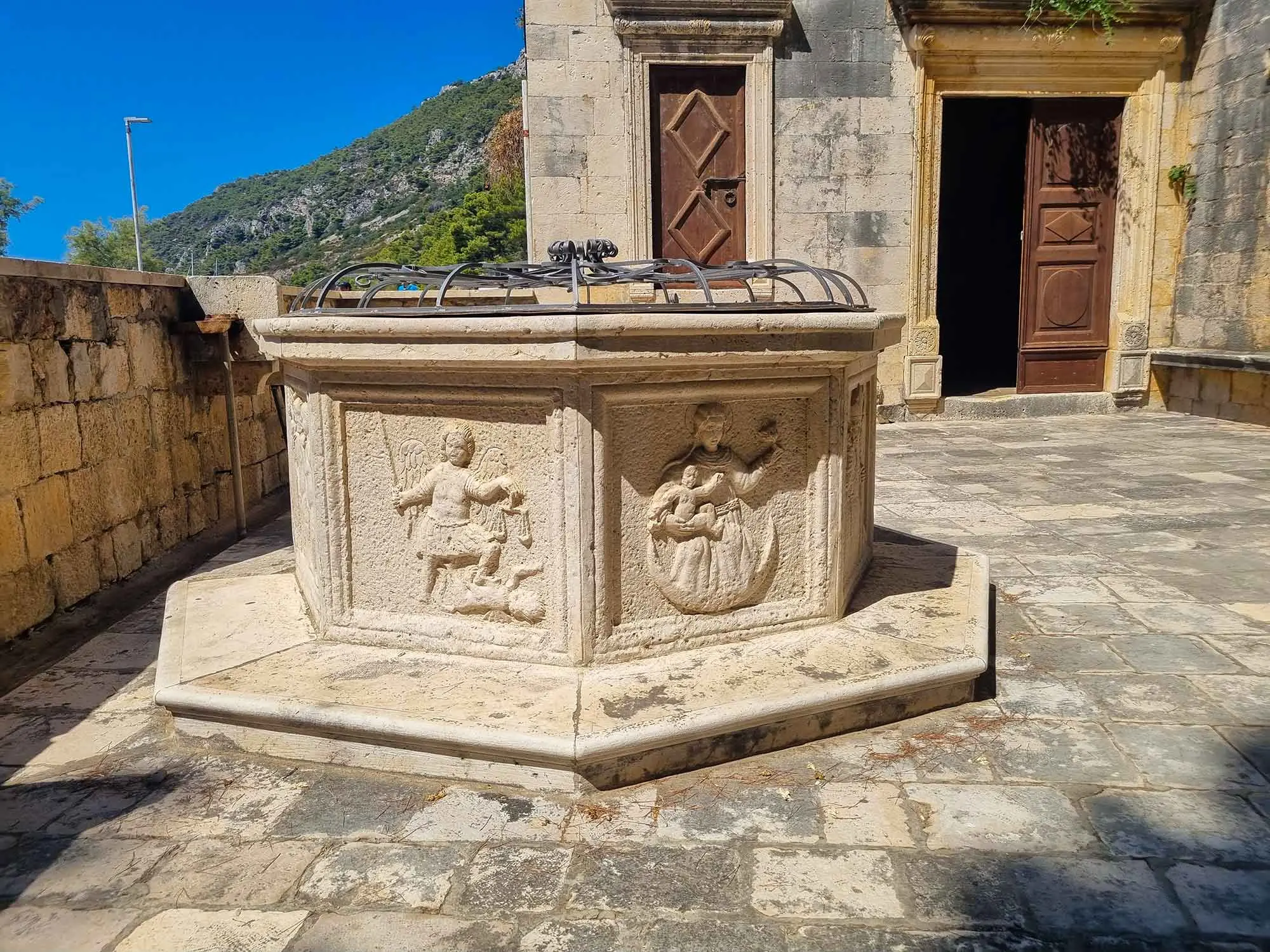
Church of Our Lady of the Pirates, Photo: Adria.fun
As soon as I entered the church, I was surprised that it looked much bigger from the outside than from the inside. Right from the entrance, I was greeted by a guard who told me that I was free to look around and that I could find out more about it from the brochures on the side. Of course, that’s exactly what I did right away, even though the main altar dedicated to Our Lady caught my attention right away.
Right below that altar, there is a water source that is connected to the well that I mentioned by a canal.
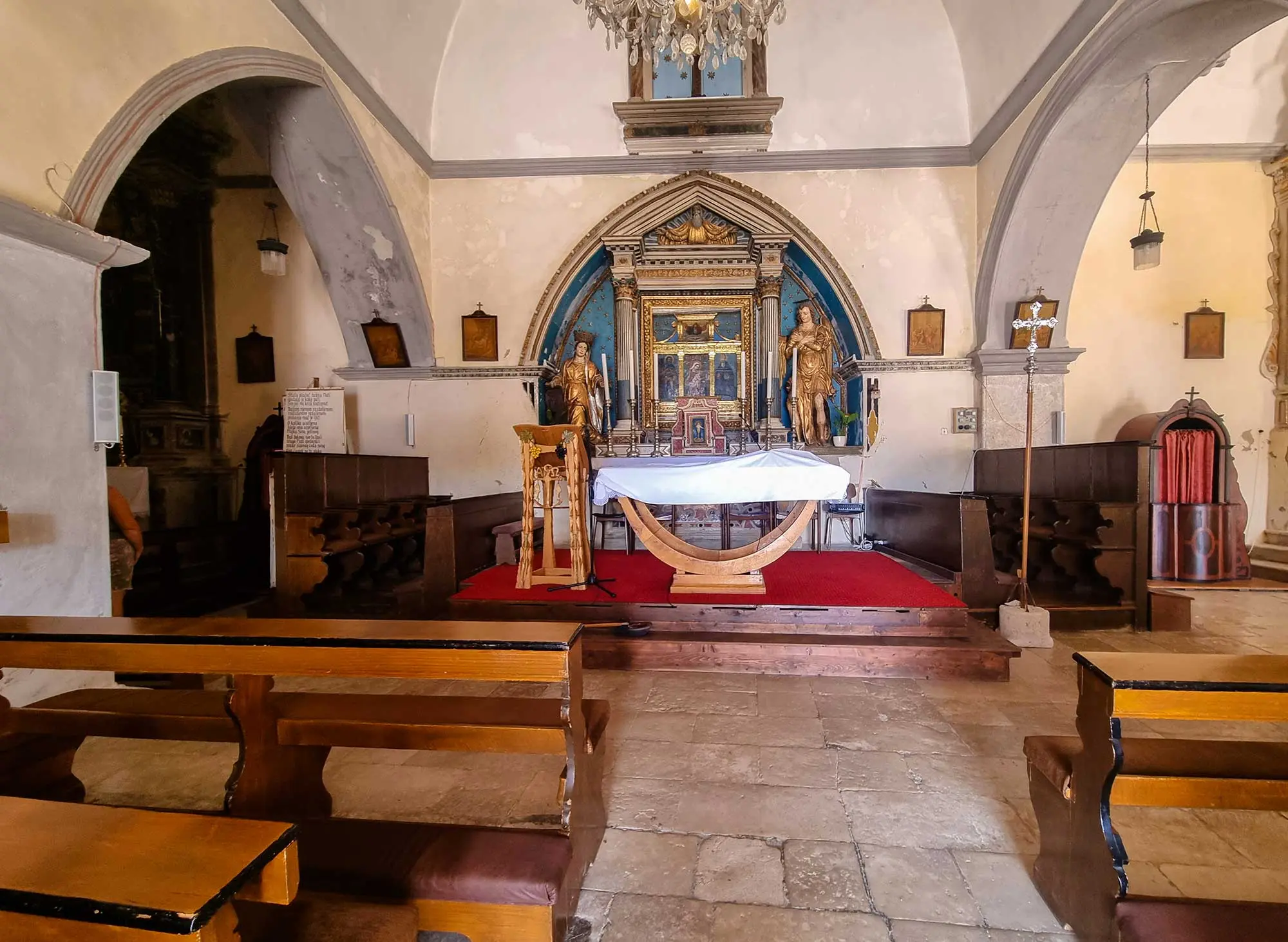
Church of Our Lady of the Pirates, Photo: Adria.fun
I turn around and see more miracles. Behind me, I see the oldest organ in all of Dalmatia, which was made in 1670 by the Polish monk Stjepan Killarevich. To my left, but also to my right, there are two more altars each, those of the Sacred Heart of Jesus, Saint Anthony of Padua, the altar of Saint Michael the Archangel, and Saint John the Baptist.
Besides them, there is also a silver statue of Our Lady of the Rosary, which was gifted to the church by Mate Ivčević back in the 17th century. This very statue represents one of the best Venetian silver works on the entire Croatian coast. Interesting, isn’t it?
- Crkva sv. Marije – Gospa Gusarica, Photo: Adria.fun
- Crkva sv. Marije – Gospa Gusarica, Photo: Adria.fun
“Small, but very inspiring“, I thought to myself on the way out of the church. And so, while I admired her external beauty a little more, I decided to immediately head towards the next church, that of St. Nicholas, who I hear also has very interesting stories!
This publication was co-financed by the Fund for the Promotion of Pluralism and Diversity of Electronic Media.

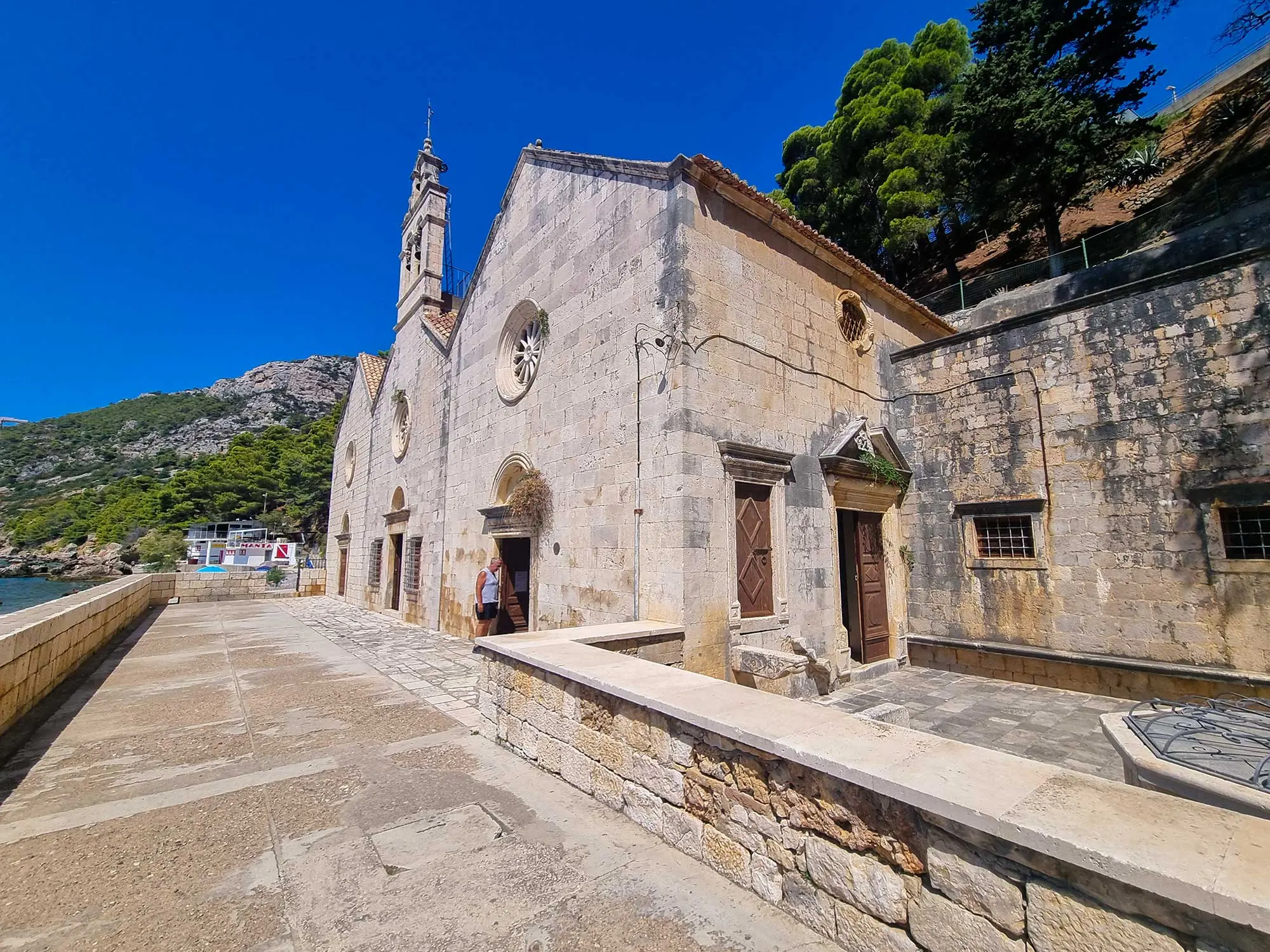
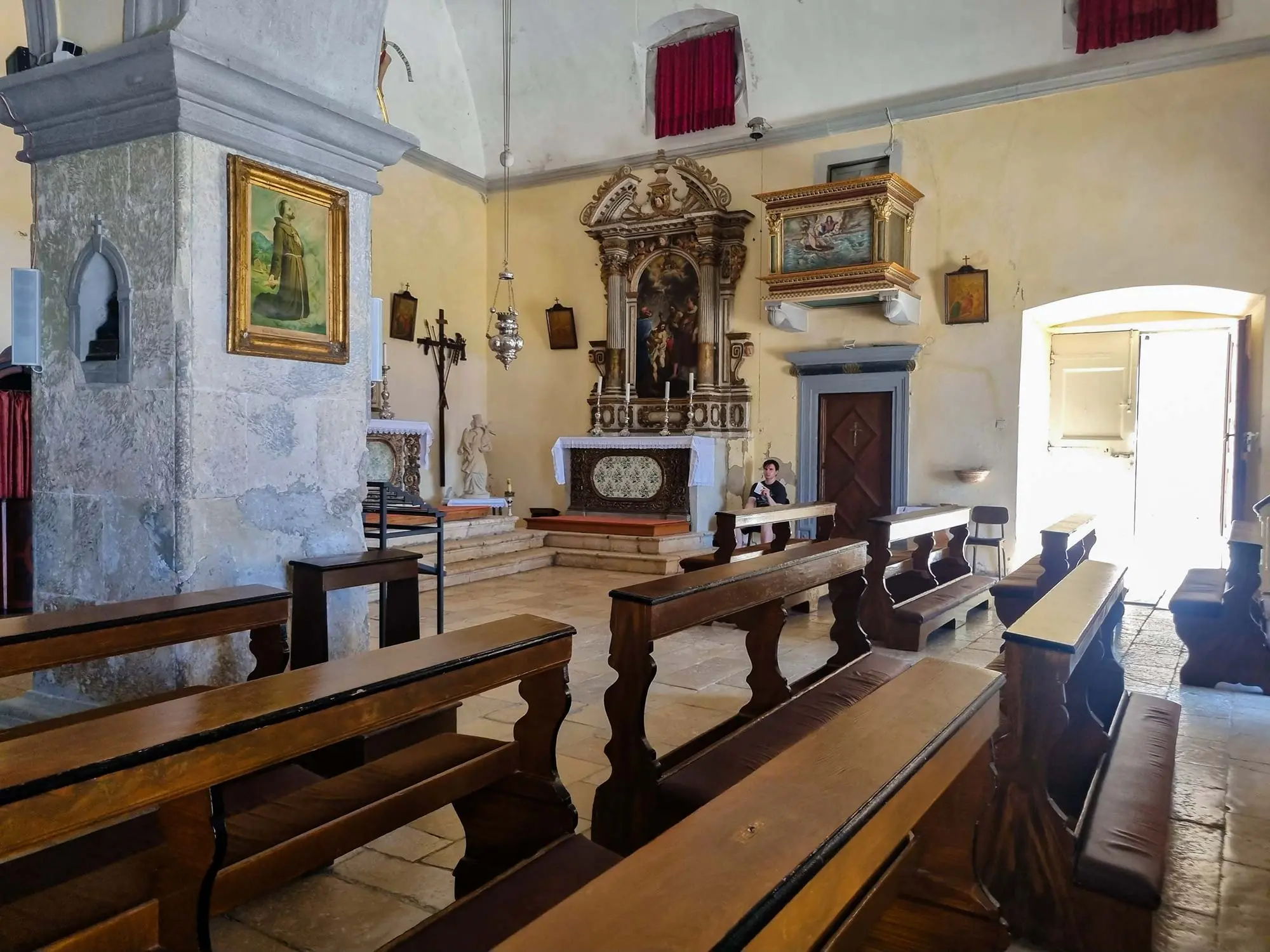
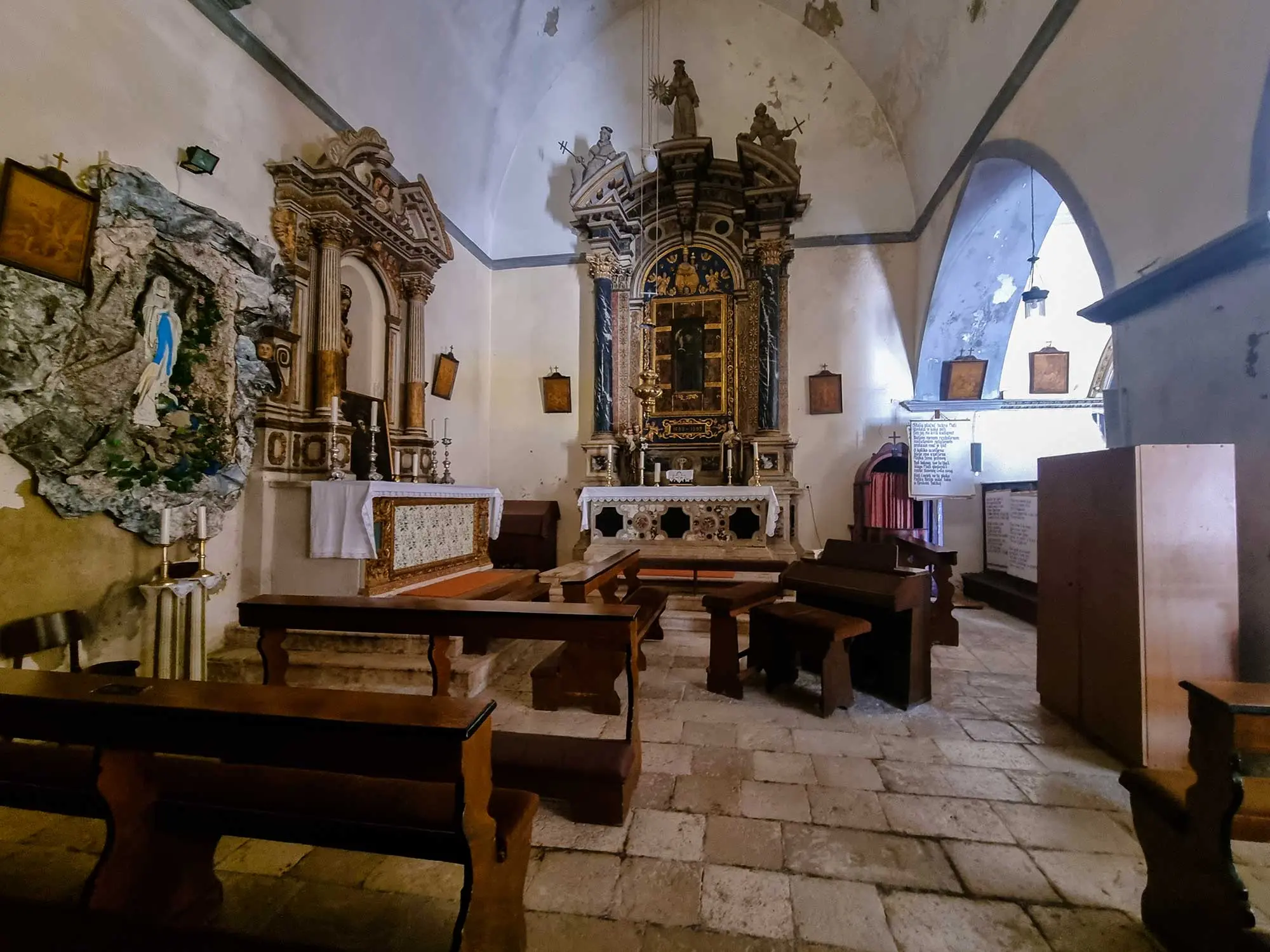

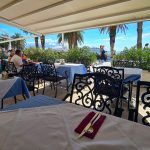
Leave a Reply